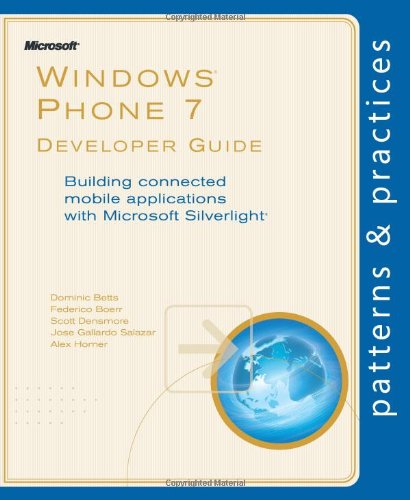The .NET Developer's Guide to Windows Security
| Date: 25 May 2011, 09:11
|
Product Description:
"As usual, Keith masterfully explains complex security issues in down-to-earth and easy-to-understand language. I bet you'll reach for this book often when building your next software application."
--Michael Howard, coauthor, Writing Secure Code
"When it comes to teaching Windows security, Keith Brown is 'The Man.' In The .NET Developer's Guide to Windows Security, Keith has written a book that explains the key security concepts of Windows NT, Windows 2000, Windows XP, and Windows Server 2003, and teaches you both how to apply them and how to implement them in C# code. By organizing his material into short, clear snippets, Brown has made a complicated subject highly accessible."
--Martin Heller, senior contributing editor at Byte.com and owner of Martin Heller & Co.
"Keith Brown has a unique ability to describe complex technical topics, such as security, in a way that can be understood by mere mortals (such as myself). Keith's book is a must read for anyone attempting to keep up with Microsoft's enhancements to its security features and the next major version of .NET."
--Peter Partch, principal software engineer, PM Consulting
"Keith's book is a collection of practical, concise, and carefully thought out nuggets of security insight. Every .NET developer would be wise to keep a copy of this book close at hand and to consult it first when questions of security arise during application development."
--Fritz Onion, author of Essential ASP.NET with Examples in C#
The .NET Developer's Guide to Windows Security is required reading for .NET programmers who want to develop secure Windows applications. Readers gain a deep understanding of Windows security and the know-how to program secure systems that run on Windows Server 2003, Windows XP, and Windows 2000.
Author Keith Brown crystallizes his application security expertise into 75 short, specific guidelines. Each item is clearly explained, cross-referenced, and illustrated with detailed examples. The items build on one another until they produce a comprehensive picture of what tools are available and how developers should use them.
The book highlights new features in Windows Server 2003 and previews features of the upcoming version 2.0 of the .NET Framework. A companion Web site includes the source code and examples used throughout the book.
Topics covered include:
* Kerberos authentication
* Access control
* Impersonation
* Network security
* Constrained delegation
* Protocol transition
* Securing enterprise services
* Securing remoting
* How to run as a normal user and live a happy life
* Programming the Security Support Provider Interface (SSPI) in Visual Studio.NET 2005
Battle-scarred and emerging developers alike will find in The .NET Developer's Guide to Windows Security bona-fide solutions to the everyday problems of securing Windows applications.
|
DISCLAIMER:
This site does not store The .NET Developer's Guide to Windows Security on its server. We only index and link to The .NET Developer's Guide to Windows Security provided by other sites. Please contact the content providers to delete The .NET Developer's Guide to Windows Security if any and email us, we'll remove relevant links or contents immediately.
 Comments (0)
All
Comments (0)
All










